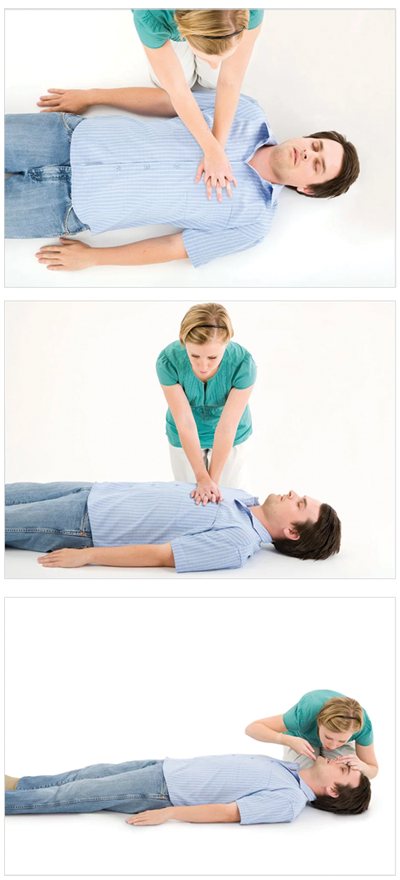CPR Training Demonstrated During Annual Institution Day
Sources: American Heart Association and Centers for Disease Control.

The American Heart Association is working to ensure citizens of Bodangiparthy are equipped to respond to health emergencies.
In 2017-18, the association came to India to train thousands of people of all ages and backgrounds how to use cardiopulmonary resuscitation on a person who is suffering from cardiac arrest. This is a hands-on training program used all over the world since 1960.
From all corners of India, including Bodangiparthy, people learned how to use repeated chest compressions to save lives. Bodangiparthy citizens demostrated this lifesaving skill during Annual Institution Day 2018.
From all corners of India, including Bodangiparthy, people learned how to use repeated chest compressions to save lives. Bodangiparthy citizens demostrated this lifesaving skill during Annual Institution Day 2018.
CPR FACTS
About 9 in 10 people who have cardiac arrest outside the hospital die. 3 But CPR can help improve those odds.
- About 350,000 cardiac arrests happen outside of hospitals each year—and about 7 in 10 of those happen at home. - You don’t need a special certification or formal training to perform CPR, but you do need education. If cardiac arrest happens to someone near you, don’tbe afraid—just be prepared! These Are the CPR Steps Everyone Should Know
If a person is not breathing, his heartbeat will stop. Do CPR (chest compressions and rescue breaths) to help circulation and get oxygen into the body. (Early use of an AED—an automated external defibrillator—if one is available, can restart a heart with an abnormal rhythm.First, open a person’s airway to check if they are breathing (don’t begin CPR if a patient is breathing normally). Then, get help. If you are not alone, send someone to call for help as soon as you have checked breathing. Ask the person to come back and confirm that the call has been made.STEP I
Position your hand (shown in picture right). Make sure the patient is lying on his back on a firm surface. Kneel beside him and place the heel of your hand on the centre of the chest.STEP II
Interlock fingers (above). Keeping your arms straight, cover the first hand with the heel of your other hand and interlock the fingers of both hands together. Keep your fingers raised so they do not touch the patient’s chest or rib cage.STEP III
Give chest compressions (above). Lean forward so that your shoulders are directly over the patient’s chest and press down on the chest about two inches. Release the pressure, but not your hands, and let the chest come back up. Repeat to give 30 compressions at a rate of 100 compressions per minute. Not sure what that really means? Push to beat of the Bee Gees song “Stayin’ Alive.” (Learn how to recognize the silent signs of a stroke.)